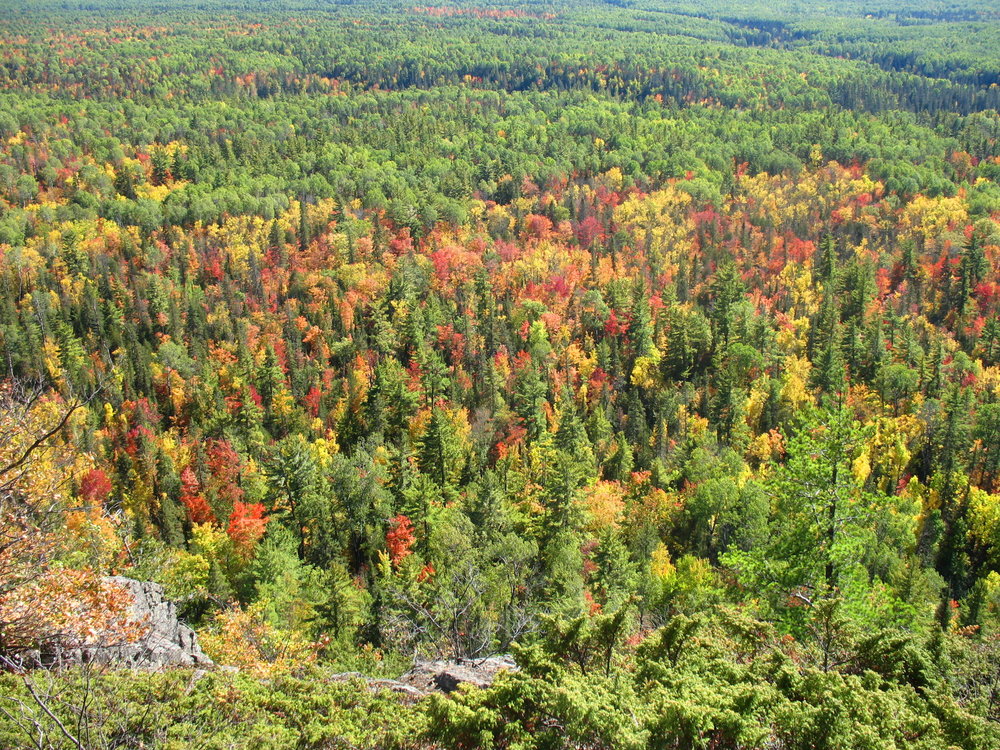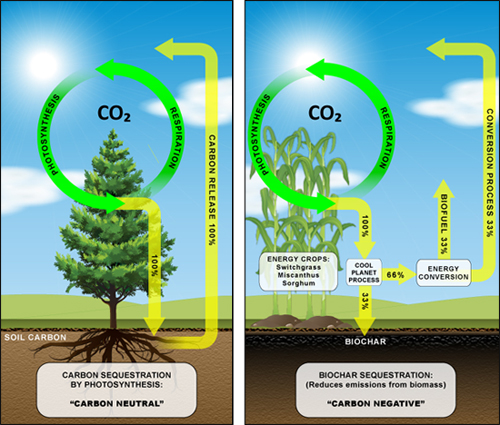This brochure is a really good basic summary of soil - and we all know its all about the soil!
"The bottom line is that soils should be valued and preserved, because, literally, life depends upon it."
Recommendations for Designers include:
- Design for your soils. Aim to restore the site's soil back to its native composition. In most cases, avoid overbuilding soils into something beyond what is natural for your area.
- Know the biology of your soils by sampling and testing the soil using a competent soil biology lab.
- Do not till or physically disturb a healthy, mature soil. Physical disruption severely damages or destroys the mature soil food web.
- Physical soil compaction during construction has a long-term damaging effect on soils and is difficult to remedy after the fact. All efforts should be made to protect soils prior to and during any construction phase.
The brochure also has a nice summary of the role soils play in sustainability:
- Soils are the foundation of the ecosystem.
- The living systems occurring above and below ground are determined by the properties of the soil. Soils store and cycle nutrients needed by these living systems, supporting life all the way from microbes to humans. A healthy, diverse ecosystem is critical for life, and it begins with the health of the soil.
- Soils store carbon
- Soils manage water. Water enters the soil through the channels created by vegetation and the activities of organisms such as earthworms. It fills the empty pore spaces and is taken up by plants. Healthy soils have sufficient open pore space to absorb the water and allow it to infiltrate the soil, recharging the groundwater. Wetlands, also known as hydric soils, manage large quantities of water and also serve as buffers and filters in addition to supporting a vast array of wildlife.
On the other hand, degraded soils exhibit erosion, which occurs when soils are not covered by vegetation, and rainfall both compacts the soils, forming a crust on the surface, and carries the top layer of sediment away. Compacted soil compresses the pore spaces so that air, water, and plant and animal life cannot penetrate.
- Soils filter, buffer, degrade and detoxify potentially harmful chemicals
- Soils influence climate. Soils moderate temperature fluctuations, as soil heats more slowly than air and can absorb more heat on a hot day. Soils absorb heat during the day and radiate heat at night. Darker soils, which tend to have higher organic content, absorb the most heat. Soil temperature affects plant growth, which in turn affects climate.
Soils and Water
Our soils have changed.
When considering the loss of the eastern deciduous forest (75% gone) and the transition from native prairie / savanna plant systems to the mono-crops of industrial agriculture, we are looking at an incredible change within our soils. The depth and bulk of our current root systems no longer exist as they did two hundred years ago. Trees have extensive root systems in the top 24" of soil, and can reach five to eight feet or more in depth. The prairie existed on a root system depth between two and three feet, with some plants reaching four to six feet deep. The extensive root systems of our original "ground cover" opened up the soil, allowing for a deep penetration of precipitation and the slow exhale of moisture back up into the atmosphere through plant transpiration.
Not any more: corn, soybeans, wheat and other annual crops have temporary root systems in the 12 to 18 inch range. Perennial turfgrass, our American lawn, covering an area about the size of Wisconsin, has a root system of around six to twelve inches in the best of conditions. Precipitation run-off is now something we have to plan for after almost every rain.
Garth Conrad, APLD Garth Conrad Associates, LaPorte, IN


